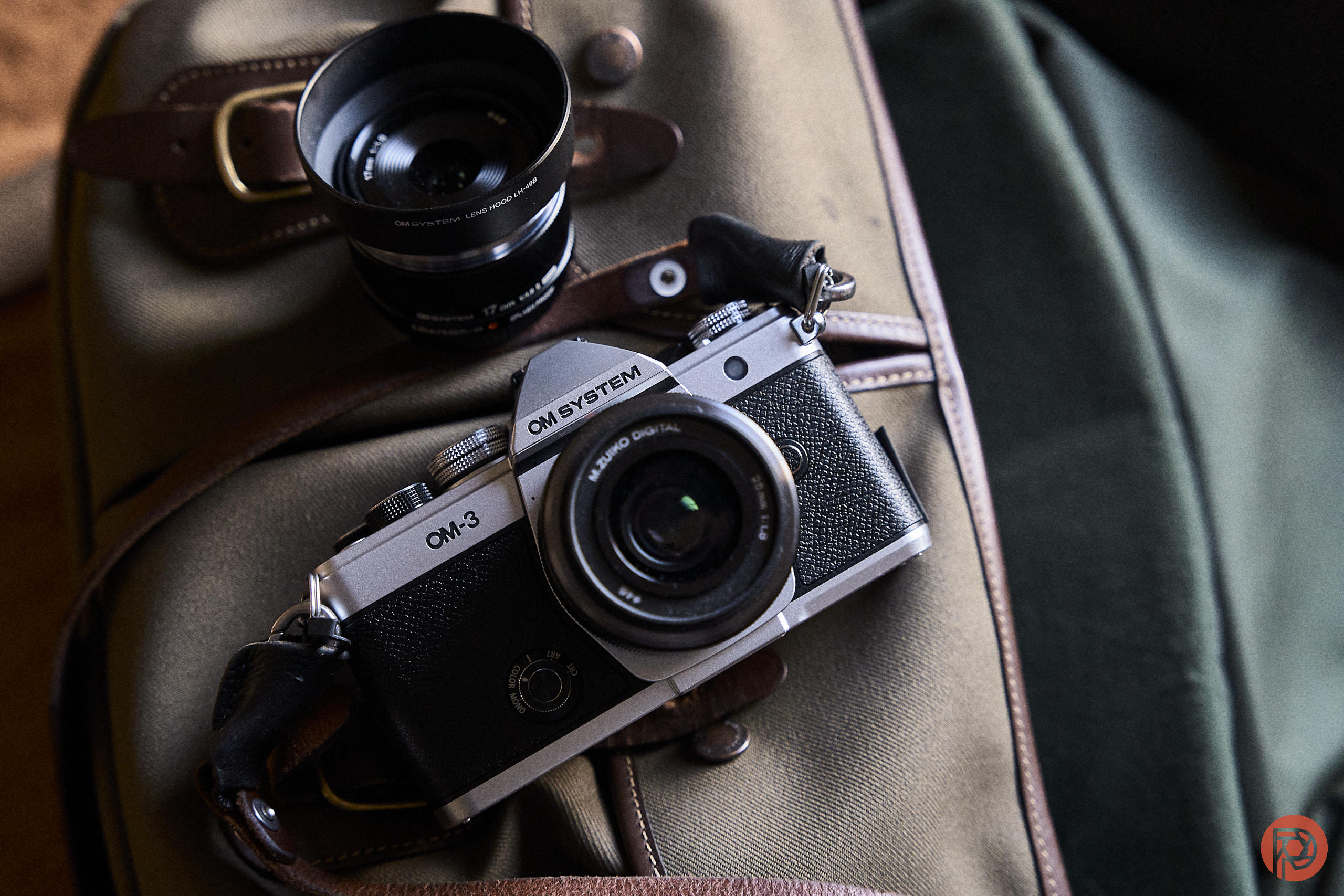
When you think about Micro Four Thirds, you’d think about a few things. First off, the cameras are small — and so is the sensor. It’s part of why it works so well for landscape, travel, and wildlife photography. But on top of that, you also think about how the sensors mostly haven’t changed in over a decade at least in terms of megapixels. In a recent discussion that the Phoblographer had with OM SYSTEM, however, that might be changing.
In an interview we conducted with Eiji Shirota, Head of OM SYSTEM Business Unit, as well as several other executives, we were told that at least for the TOUGH series of cameras, people want more resolution.
“…we have also received the request for the improvement regarding higher resolution — higher than 12 MP,” Mr. Shirota states. “The reason why we choose 12MP is so we can prioritize noise and performance. By combining a F2.0 aperture lens, and 12mp sensor, we can achieve higher noise performance compared to cameras in the compact category.” He continued to state that it’s a trade off between noise performance and resolution.
When we asked for further clarification about the community requesting resolution over high ISO performance, Eiji confirmed that this is the case indeed.
“People need more and more.”
This is so incredibly fascinating to learn as a journalist covering this sector for over a decade. Noise reduction can often be done in software — and OM System has its own way of doing a solid job with its own software. In my opinion, it’s better than what Adobe does in Lightroom, though not better than what I’ve seen in Camera RAW. And both of them are far better than what Capture One can do. But when you think about resolution, it’s a different story.
OM System obviously has the technology inside its cameras to make high-resolution images. That’s something that post-production can only do so much of. However, Camera RAW does a pretty solid job with the generative expand option. Of course, that brings a whole lot of ethical issues into play. Using Generative Expand is using Generative AI instead of the noise-reduction algorithms — which are assistive AI.
We also asked OM System whether or not a Micro Four Thirds sensor is possible to put into the TOUGH lineup of cameras. However, “the company explained that it would make the camera body far too large, and that making it crushproof—as well as waterproof and freezeproof—is essential to them. “…because the lens would be much heavier than in the current Tough series, and we wouldn’t be able to guarantee the performance or deliver the core value of the Tough series,” Eiji stated. “That’s a big reason.”
OM System’s Sandro Ryman stated that their focus is mostly on Tough series and the interchangeable lens market. And according to them, the market for superzooms for them is limited. To that end, they’re not focusing on it.
I did a Flickr search to see how people are using these cameras. What I found are people mostly not using the camera to its fullest potential of being waterproof or anything majorly extreme. From this, it seems like folks just want a durable camera instead — so I’d understand why they want more resolution rather than better high ISO output.
However, an Instagram search shows that things can get a bit more extreme. You’re sure to find a lot more underwater. photos there all taken in very clean water. For social media purposes, the images are more than good enough.

